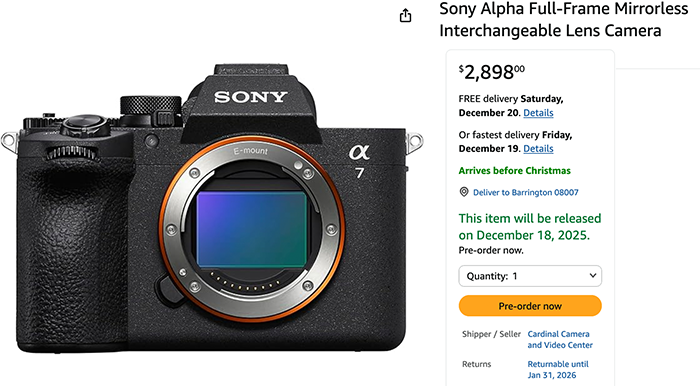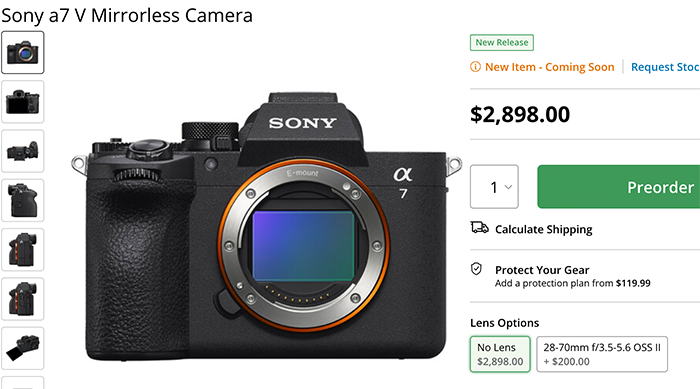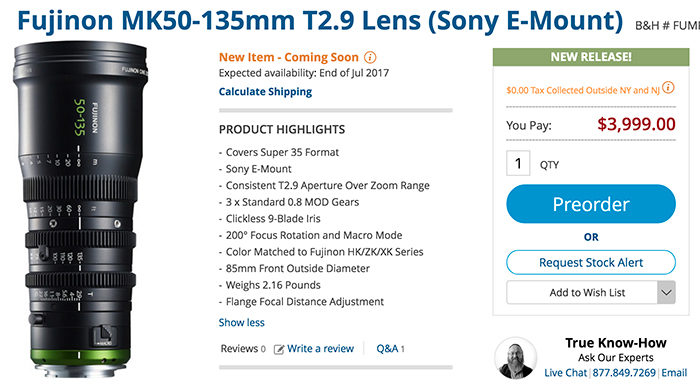
You save $400 on the Open Box Sony A7rII sold by BestBuy on eBay. UPDATE: It’s now sold out.
MacPhun Luminar:
You save $10 by using the code “SAR” on the new Luminar Neptune software (Click here).
Sony A7 cameras:
$200 off and free extras on the A7rII at Adorama, BHphoto and Amazon.
$100 off on the A7sII at Adorama, BHphoto and Amazon.
$50 off on the A7II at Adorama, BHphoto and Amazon.
$50 off on the A7 at Adorama, BHphoto and Amazon.
Sony A6500-A6300-A6000-A5100:
$100 off on the A6500 at Amazon, BHphoto and Adorama.
$150 off on the A6300 with 16-50mm lens at Adorama, BHphoto, Amazon.
$100 off on the A6300 at Adorama, BHphoto, Amazon.
$300 off on the A6000 Dual lens kit sold by Adorama, BHphoto and Amazon.
$100 off on the A5100 with 16-50mm lens at Adorama, BHphoto, Amazon
Full Frame E-mount lenses:
$100 off on the Zeiss 5omm f/1.4 lens at Amazon, Adorama, BHphoto.
$100 off on the 70-200mm G lens at Amazon, Adorama and BHphoto.
$100 off on the 16-35mm f/4.0 Zeiss lens at Amazon, Adorama, BHphoto.
$100 off on the 24-70mm f/4.0 Zeiss lens at Amazon, Adorama, BHphoto.
$100 off on the 70-300mm lens at Amazon, Adorama and BHphoto.
$100 off on the 24-240mm lens at Amazon, Adorama and BHphoto.
$100 off on the Zeiss 55mm f/1.8 lens at Amazon, Adorama and BHphoto.
Samyang E-mount lens deals:
Rokinon 12mm f/2.0 for $289
Samyang 12mm f/2.8 for $279
![]()






